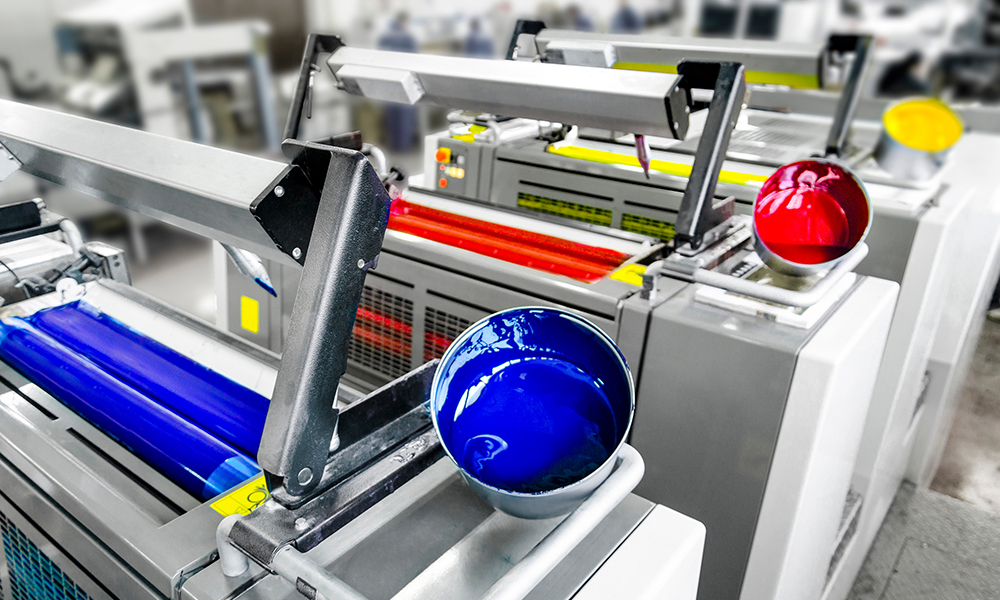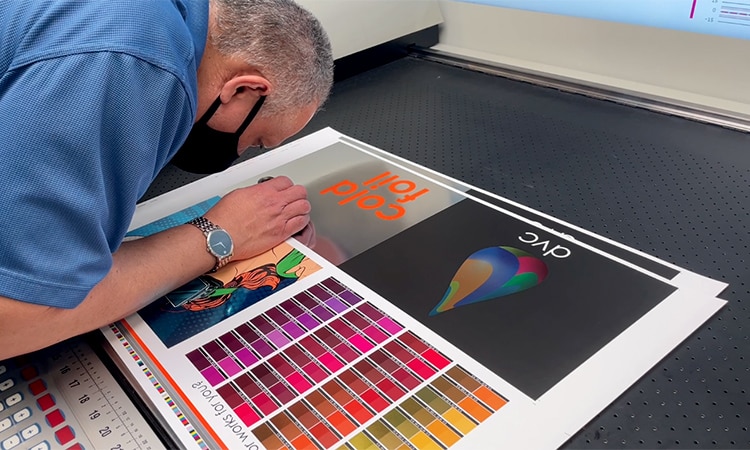litho printing for Magazines, Flyers, and Brochures
litho printing for Magazines, Flyers, and Brochures
Blog Article
A Comprehensive Guide to Comprehending Litho Printing Strategies
The world of litho printing, a strategy originating from the late 18th century, is a remarkable blend of background, scientific research, innovation and art. Remain with us as we trip right into the captivating realm of litho printing.
The Historic Development of Litho Printing
The historic trajectory of litho printing, a pivotal development in the world of interaction, is a captivating tale of human ingenuity. Birthed in the late 18th century by Alois Senefelder, this technique was originally an affordable approach of releasing theatrical works. Lithography, originated from the Greek words for 'rock' and 'to create', made use of a smooth stone surface area to move images onto paper. The process evolved with the advent of the rotary press, which considerably increased productivity (litho printing). In the 20th century, the technology of offset lithography revolutionized the industry, enabling automation of premium prints. Each stage of litho printing's development showcases humankind's ruthless pursuit of performance and top quality in visual communication.
Translating the Scientific Research Behind Litho Printing Inks
Relocating forward in the exploration of litho printing strategies, the emphasis now shifts to the science behind litho printing inks. The make-up of these inks, their drying procedure, and color mixing strategies create the backbone of this complex art type. Comprehending these elements is crucial to mastering the craft and achieving the wanted print results.
Structure of Litho Inks
In lithographic printing, the essential duty of litho inks can not be overemphasized. Pigments, the color-providing aspects, are carefully ground fragments put on hold in the car, a fluid that brings the pigment onto the printing surface area. Each part plays a crucial component in the last print's top quality, making the precise formulation of litho inks an intricate scientific research.
Ink Drying Process
From the structure of litho inks, interest transforms to the fascinating process of ink drying. The drying process is crucial, as it impacts the last print's high quality and long life. 2 key techniques are made use of in litho printing: oxidative drying out and absorption. Oxidative drying out entails the ink responding with oxygen in the air to form a tough, dry film. This method supplies a long lasting coating, yet can be slower contrasted to absorption. Absorption, on the other hand, involves the ink seeping into the paper fibers, which is a faster procedure yet can lead to much less vibrant shades. The selection in between these methods is dependent upon elements such as print speed requirements, the paper type used, and the desired finish.
Shade Combining Strategies
While the drying process plays a key duty in litho printing, the scientific research of shade mixing strategies holds equal importance. This is a complex process that entails the careful blending of primaries: cyan, magenta, and yellow, in differing proportions to attain a large array of tones. The addition of black ink, known as 'vital', helps in controling the intensity and deepness of the colors. The scientific research behind litho printing inks also thinks about reference the transparency of the ink, which affects how shades overlay and mix. To achieve an effective color mix, print professionals need to also comprehend the ins and outs of ink actions, shade concept, and the physical buildings of the substrate on which the ink is applied.
The Art and Design Elements in Litho Printing
Litho printing breathes life right into art and style via its unique elements. Litho printing suits a range of shades, allowing musicians to produce vibrant and dynamic prints. This combination of precision and convenience makes litho printing a recommended option for numerous musicians and developers.
Modern Applications of Litho Printing Techniques
Litho printing techniques have actually discovered extensive usage in the contemporary commercial market. Its impact and relevance continue to expand with the development of brand-new advancements and innovations in the field. This area will check out these modern applications and the transformative role they play in the printing market.
Commercial Litho Printing Utilizes
Litho printing remains a crucial part of the commercial sector. High-volume printing jobs, such as the production of books, papers, and product packaging, count on litho printing for its ability to provide premium photo top quality and price performance. Litho printing also gives a broad color range, premium to that of electronic printing.
Developments in Litho Printing
Pressing the borders of standard methods, modern-day innovations have Related Site fueled a host of technologies in litho printing. One prominent growth is digital litho printing, which combines the virtues of digital technology with litho's top notch output. These advancements emphasize the enduring significance of litho printing in the modern-day globe.
Exploring the Process of Litho Printing: Detailed

Difficulties and Solutions in Contemporary Litho Printing

In spite of the precision and custom that litho printing proudly promotes, it is not without its set of modern obstacles. Digital litho printing allows for affordable brief runs and simple personalization, attending to the concern of variable information. Hence, while there are difficulties, the litho printing industry is proactively adjusting to fulfill them head-on, guaranteeing its importance in the future.
Conclusion
To conclude, litho printing, with its rich background and check my site clinical details, holds a considerable place in the print sector. As the guide exposes, it's a synthesis of art and innovation, with contemporary developments guaranteeing its importance. The market deals with challenges that need innovative services, with an emphasis on automation and sustainability. The future of litho printing pivots on its capability to adjust to these altering needs, attesting its long-lasting value in a developing market.

Report this page